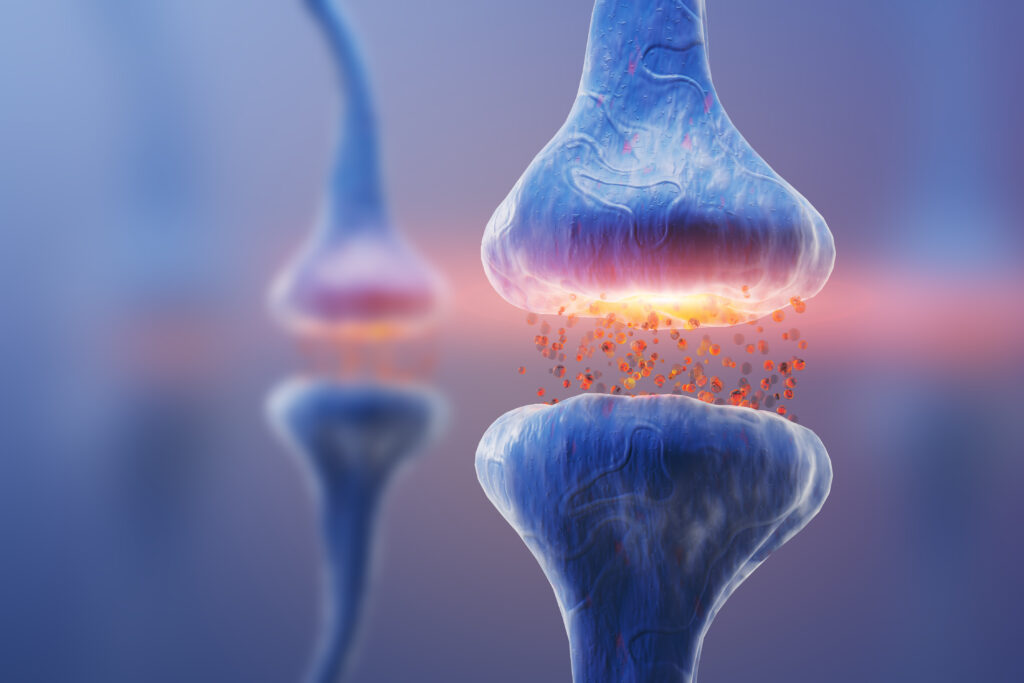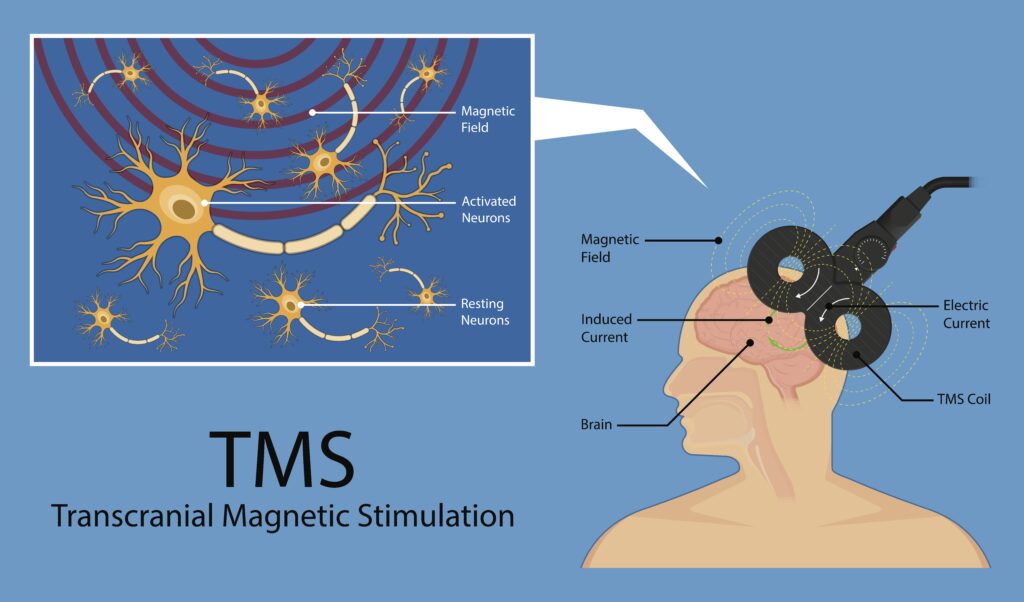When I first heard of Transcranial Magnetic Stimulation, I must admit, I was a bit sceptical. I struggled to believe that a giant magnet held to your head could help patients struggling with Treatment Resistant Depression.
When I first heard of Transcranial Magnetic Stimulation, I must admit, I was a bit sceptical. I struggled to believe that a giant magnet held to your head could help patients struggling with Treatment Resistant Depression.
But, as study after study came in, with extremely positive results in traditionally hard to treat patients, I became increasingly frustrated. Why wasn’t TMS treatment available to my patients, here in Cape Town?
Depression is a horrible illness that robs people of their joy, their ability to connect, their ability to function. Antidepressants came out in the 50’s and have saved millions of lives. Today we have several classes of antidepressant drugs, and a lot of the challenge and joy I have of being a psychiatrist is matching the patient up to the right treatment.
Thankfully, most of my patients do get better.
But there are some who continue to struggle. Even after I have tried various drugs, or combinations of drugs. Even after my patient valiantly started exercising and engaged in psychotherapy. My heart breaks to see how hope starts waning as the sense of healthy self drifts away.
These patients are known as hard to treat or even treatment resistant. The prognosis becomes progressively bleaker the more medications we throw at the problem. The reality is, there is about 30% of patients who fail to respond, or only partially respond to treatment.
For these patients, I have to resort to ECT (Electro Convulsive Therapy). ECT comes at the problem from a different angle. Instead of only working on neurotransmitters, like medication does, it works on the “circuitry” of the brain. The electrics of the machine as opposed to the petrol, for want of a simplistic analogy.
Let me explain. Information in the brain travels along nerve cells, or neurons, via electrical impulses. Between neurons there are gaps, called synaptic grooves. The impulse “tells” the neuron to release neurotransmitters into the synaptic groove, which then causes an impulse in the next neuron – spreading information from neuron to neuron.

But ECT does have its drawbacks. It needs anaesthetics to administer, which comes with its own risks. It often has accompanying memory loss, confusion and body pains. Patients mostly need to be hospitalised to receive it.
Then in 1985, some clever folk wondered if they influence the circuitry of the brain with electromagnets. It turns out they can. The last 30 years have delivered great results in using TMS to treat Treatment Resistant Depression, Anxiety, OCD, Tinnitus, Chronic pain. There are even very promising results for Substance Abuse Disorders.
It is a noninvasive way to reboot the circuitry of the brain.
When you get TMS, an electromagnetic coil is placed against your head. The magnetic field then stimulates certain areas of the brain.

It also releases BDNF. Which means the brain is growing and healing. A brain awash with BDNF is primed to learn. I have seen trials with Dementia, psychotherapy and even enhancing learning in students!
A few psychiatrists are finally offering it in South Africa. The problem is that the machine is an eye-wateringly expensive piece of equipment. Which, in turn makes for an expensive treatment. Despite all the evidence, medical aids are not paying for it here yet (although they are in the USA and Europe).
PsychMg, an organisation of psychiatrists very vocal about patient rights, are fiercely agitating for medical aids to start paying for it in South Africa too. But for now, it is a cost investment.
It is also a time investment. Patients need around 30 treatments lasting anywhere from a few minutes to an hour. Daily or almost daily. But they do not need to be hospitalised and they can drive themselves and go back to work after a treatment.
I am very excited about the new world of treatment options that TMS offers.

